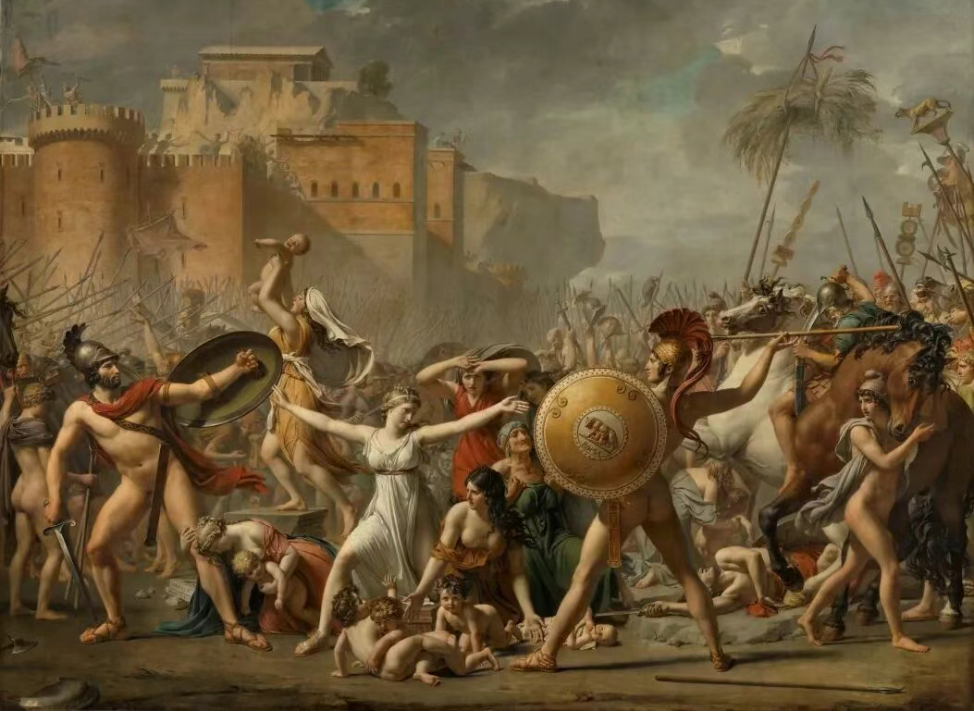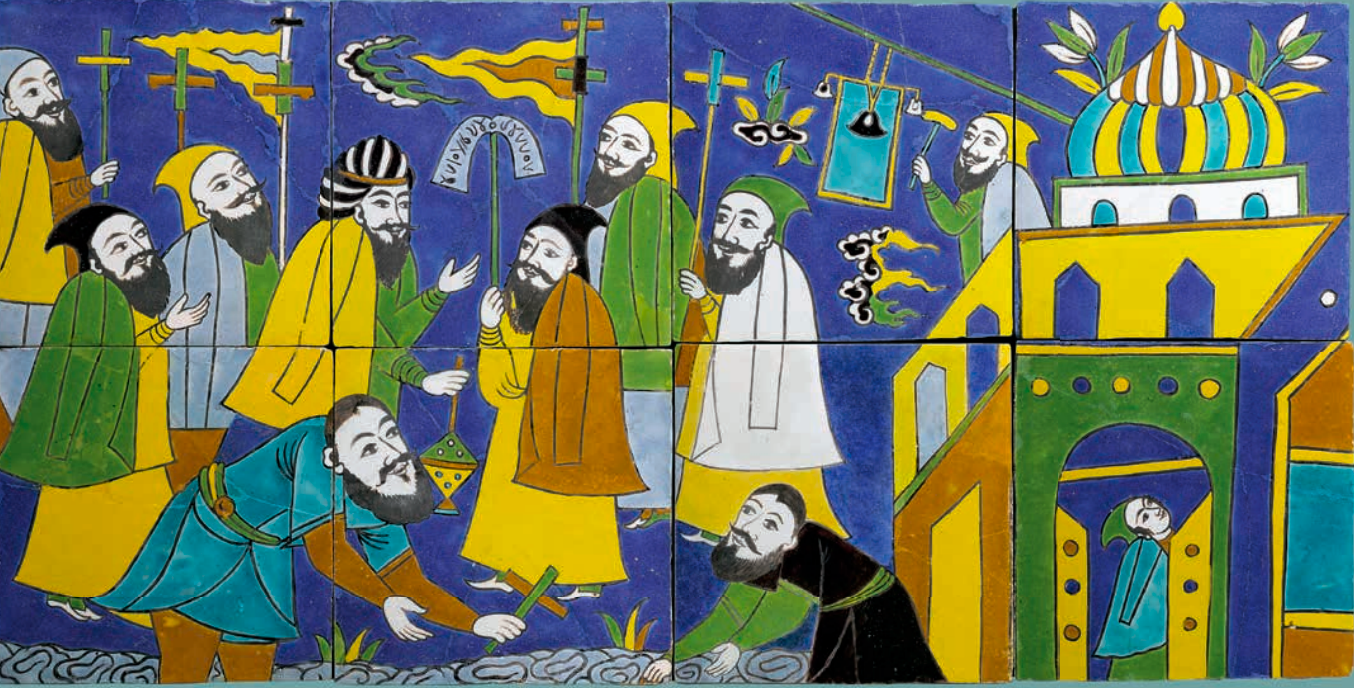
" Contours of Time: Oceanian Art and Heritage at the Metropolitan Museum of Art " is currently on display at the Pudong Art Museum in Shanghai. This is the first time that the Metropolitan Museum of New York's collection of Oceanian art has left New York, and it is also the first time that the museum's exhibition has come to Shanghai. Max Hollein, director of the Metropolitan Museum of Art in New York, also came to Shanghai with the exhibition.
In an interview with The Paper Art Review, he believed that "'Oceania Exhibition' is an art exhibition on the same level as Greek art"; "the museum is a platform that brings together people, cultures, and dialogues, Achieving a cultural dialogue", and he himself is more of a "convener".
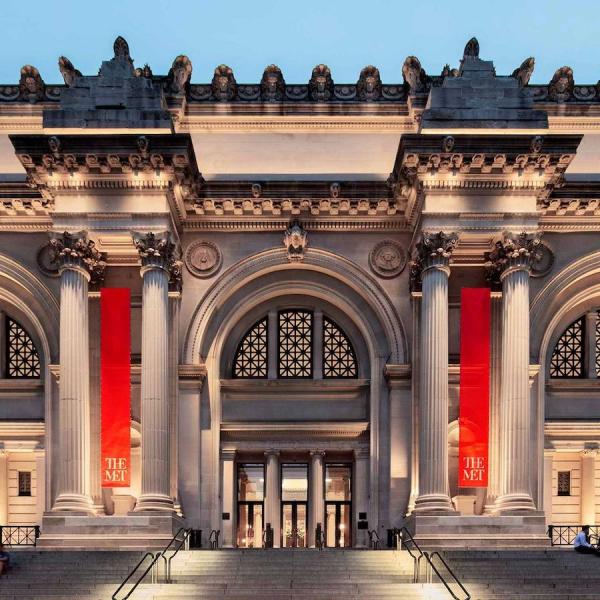
Metropolitan Museum of Art, New York
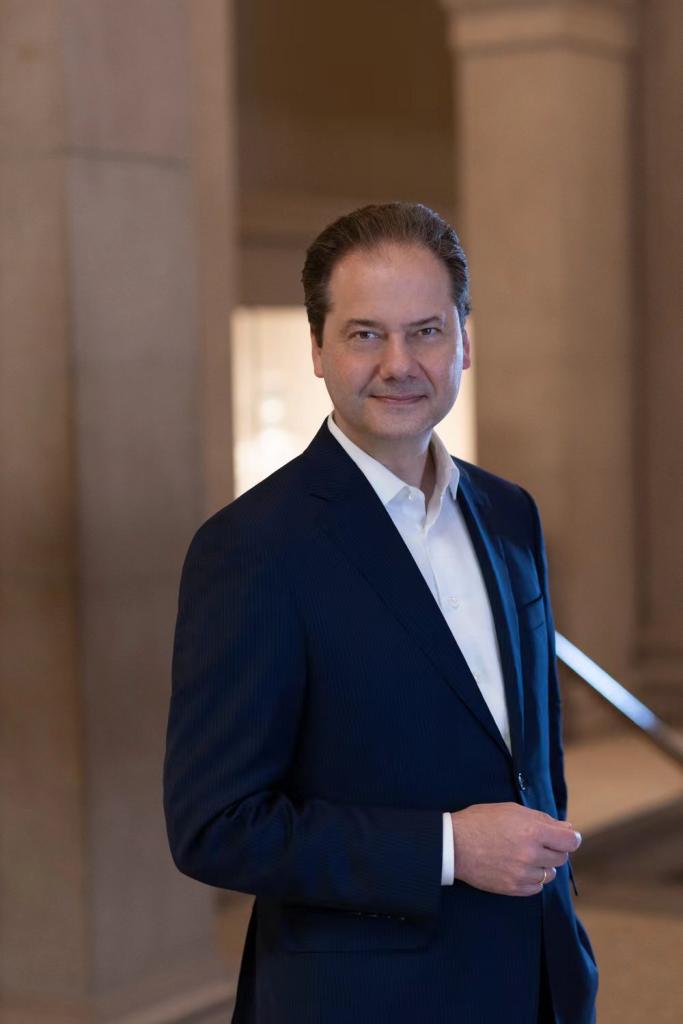
Metropolitan Museum director Max Hollein
Austrian Max Hollein is an art historian and the son of postmodern architect Hans Hollein. He has been at the helm of the Metropolitan Museum since 2018. As one of the largest museums in the world, the Metropolitan Museum is also facing financial challenges, the status of traditional museums (art galleries) in modern society, and various challenges under the globalization of cultural relics. question.
Before becoming director of the Met, Hollein served as director and CEO of the San Francisco Museum of Fine Arts, developed digital technologies at the Guggenheim Museum, and expanded the collections of Frankfurt's three major museums.
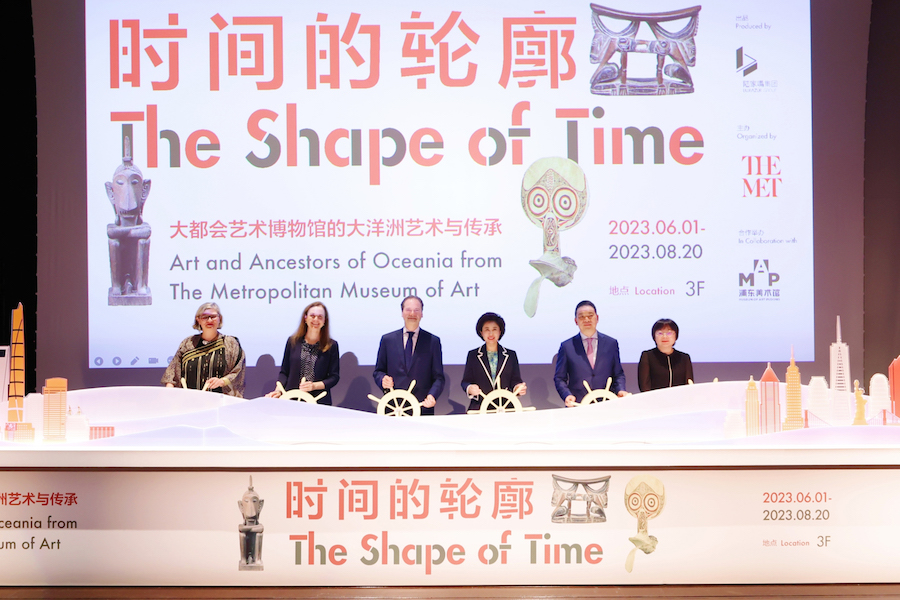
"Contours of Time: Oceanian Art and Heritage at the Metropolitan Museum of Art" Opening Scene
Why Oceania Art was chosen for the first exhibition in Shanghai
It is reported that the Metropolitan Museum of Art in New York, founded in 1870, has an encyclopedia-like permanent collection, covering art treasures from all over the world spanning more than 5,000 years. In addition to paintings, photography, fabrics and sculpture, there is an encyclopedic collection of musical instruments, clothing and accessories, as well as antique weapons and armor.
In such a rich collection, why did the Metropolitan Museum choose Oceanian art for its first exhibition in Shanghai?
"This is not an exhibition that only tells about a nation or historical relics, but an exhibition of art works on the same level as Greek art." Hollein said to The Paper Art Review.

Contours of Time: Oceanian Art and Heritage at the Metropolitan Museum of Art, exhibition curator Maia Nuku (curator of Art of Oceania, The Metropolitan Museum of Art, New York) guided tour on the opening day.
The collection of Oceanian art in the Metropolitan Museum of New York can be traced back to the middle of the 20th century. Nelson A. Rockefeller (Nelson A. Rockefeller), a member of the third-generation Rockefeller family and an American politician, personally collected it from all over Oceania. In 1969, he donated more than 3,000 works of art from Africa, Oceania and the Americas to the Metropolitan Museum of Art. This symbolizes the official establishment of the museum's Oceania art collection. Since then, the Metropolitan Museum has added to the collection based on its endowment to include more diverse media, including textiles. At present, the Metropolitan Museum of Art's Oceanian art collection contains more than 2,800 precious collections, covering the art and culture of the islands in the Pacific Ocean, and fully reflecting the rich history of local artistic expression and innovation with highly symbolic collections.
The Metropolitan Museum of Art in Oceania is located in the Rockefeller Wing, which opened in 1982. At present, the wing is being closed for renovation, so "these Oceanian artworks left the Metropolis for the first time and came overseas for a touring exhibition."

Large poster for the New Wing of the Metropolitan Museum of Art's façade, 1981 Courtesy: The Metropolitan Museum of Art
In Hollein's view, this is a "very unique and once-in-a-lifetime opportunity" to allow Shanghai audiences to have close contact with Oceania art. "Different from the exhibition of paintings, because the materials of Oceania exhibits are very complex, diverse and fragile, it is very rare to be able to present them in Shanghai."
As far as Oceania is concerned, art represents a power of connection. Artists in Oceania collect diverse raw materials from islands and seas, and use materials such as wood, bark, fiber, shells and bones as mediums to tell diverse stories about origins, ancestral powers, ritual knowledge and performance. Whether it is the performance brought by the Maori on the opening day, or the boats in the exhibits, etc., they all show the vitality and vitality of Oceania culture.

Pudong Art Museum "Contours of Time: Oceanian Art and Heritage at the Metropolitan Museum of Art" exhibition site
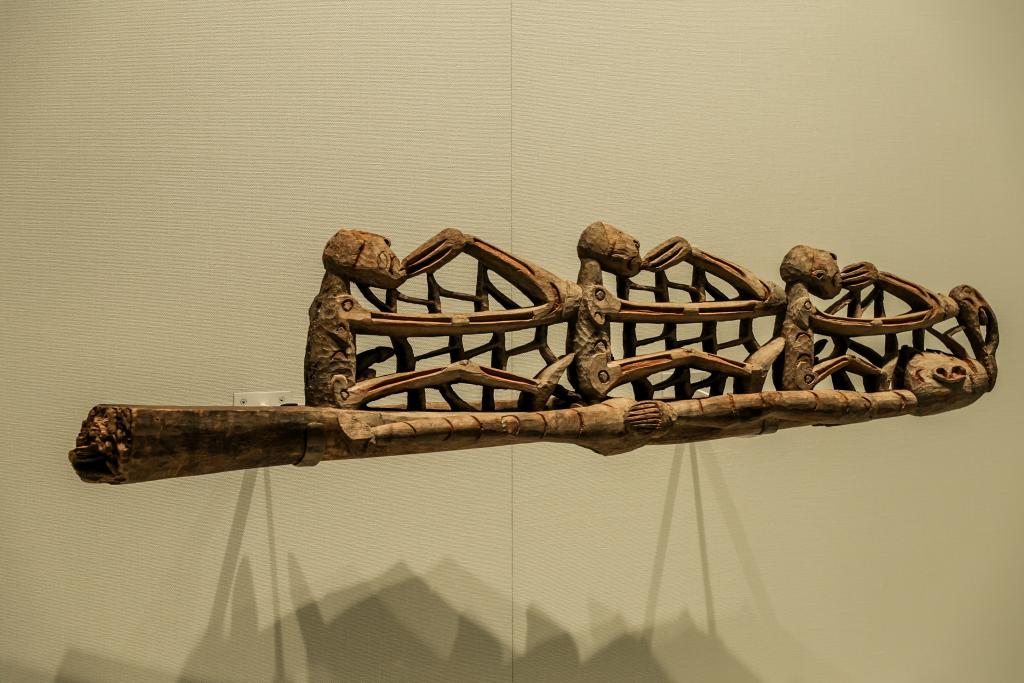
Pudong Art Museum "Contours of Time: Oceanian Art and Heritage at the Metropolitan Museum of Art" exhibits
"The 'sculptures' in the exhibition are not only sculptures, but also works of art that span time and have practical value, and carry the island culture of Oceania and spiritual energy from ancient times." Hollein said. For Asian audiences, these "perhaps represent a kind of openness and curiosity, and then generate mutual connections. Furthermore, the more universal significance of 'Contours of Time' lies in the development of time and the inheritance of culture." There are traces to follow.”

For a long time, the special exhibitions held by the Metropolitan Museum have led the trend of academic research. This year, "A Celebration of Picasso, 1973-2023" offers a fresh perspective on " Cubism and the trompe l'oeil tradition "; " Juan de Pareja: Afro-Hispanic Painter " focuses on Velazquez Pareja the Slave, explores how enslaved artisanal laborers and a multiracial society influenced the artistic and material culture of Spain's "Golden Age". Although there are only 44 works of " Van Gogh's Cypress " currently on display, with the support of careful research, the number is no longer as important as in the past, and the unique perspective has become the key to the exhibition.
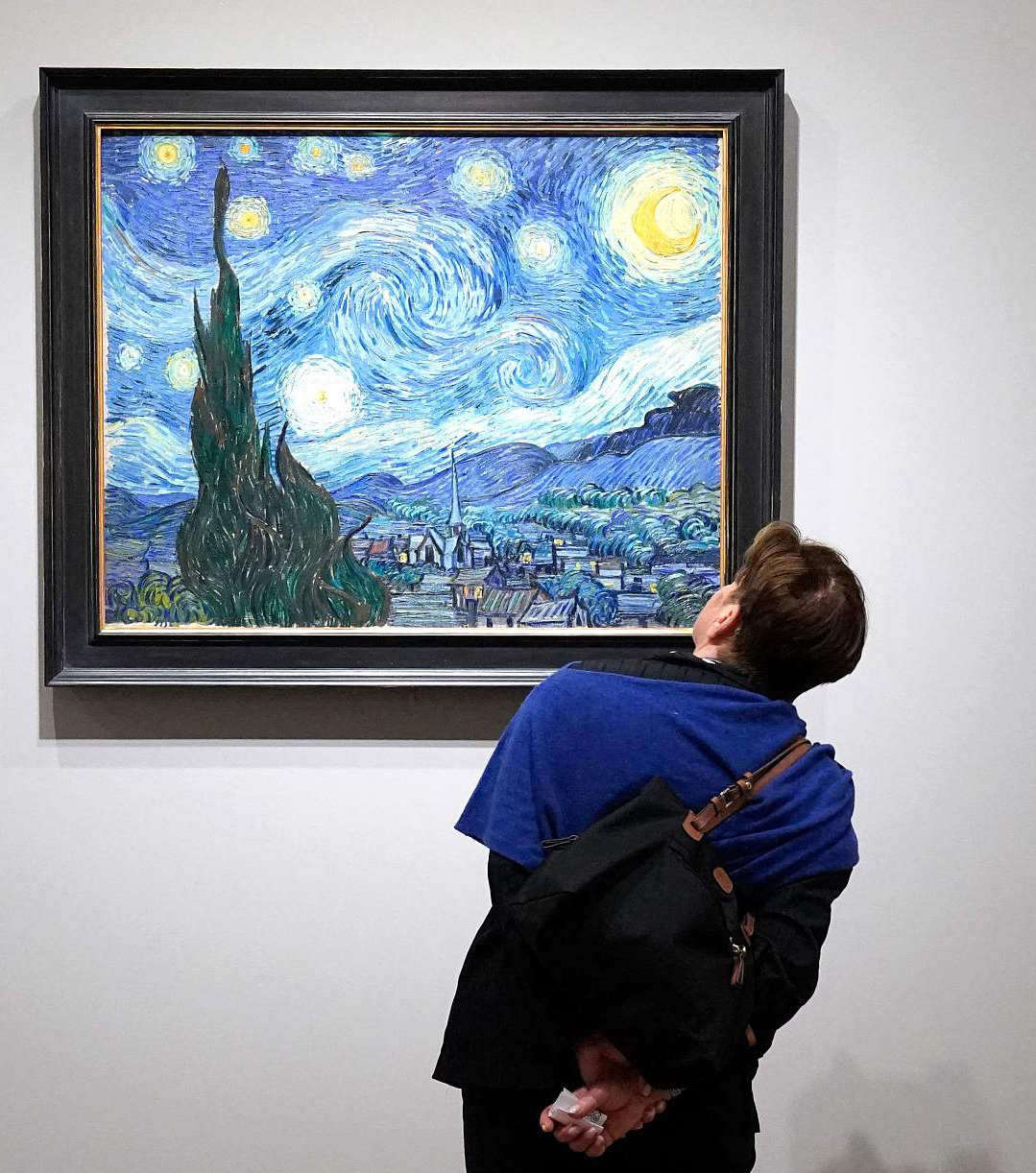
Installation view of "Van Gogh's Cypresses" at the Metropolitan Museum of Art, New York
In Hollein’s view, large-scale panoramic exhibitions can bring unique experiences to the audience, but “as an art museum, it is necessary to take care of the deep understanding of art and present some narratives that have not been understood by the audience.” He especially "Van Gogh's Cypresses" was mentioned. The content of the research was very specific, covering two and a half years of Van Gogh's life, and involving loans from institutions all over the world. Therefore, this is a project that cannot be replicated and cannot be toured. "At the exhibition site, I saw some viewers crying and praying in front of the works, and I think they were greatly moved," Hollein said.
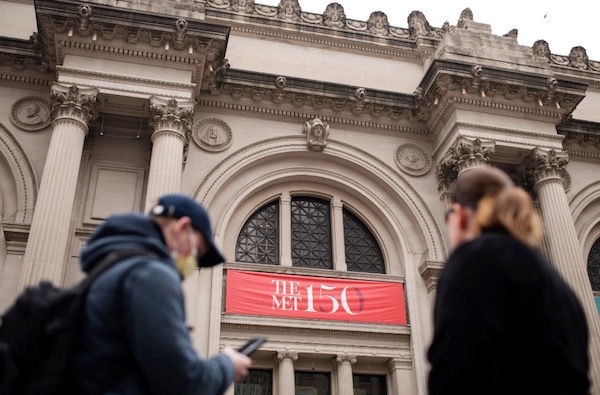
In 2020, the Metropolitan Museum will be closed due to the epidemic
In 2020, the Metropolitan Museum will celebrate its 150th anniversary amidst the pandemic . The changes brought about by the epidemic have caused the Metropolis to undergo a series of "evolutions". "I think living in the current era requires the most extensive planning. Whether it is personal or otherwise, we have all experienced isolation and deprivation." People saw art again, and it brought more joy, learning, and experience to people through knowledge and art appreciation, which is why the Met is so important. I am like a convener, the Met is a platform, Bring people, culture, and dialogue together, and realize cultural dialogue by building bridges." Hollein believes, "Today's museum is not only a place for the public to visit, but also an embodiment of culture."

Students celebrate at the Metropolitan Museum during World War I, 1916
Currently, the museum has about 200,000 square meters of space and about 2,000 employees. "Finance" is also an important pillar of its existence. "We have almost no government financial support, and we mainly rely on charities, donations from patrons, and ticket sales. This is also true of most institutions in the United States." In addition, Hollein believes that for such a large institution to operate, in In terms of finance, stable cash flow and proper management are needed to make it run smoothly. "Finding money" is also one of the main tasks of the curator. Hollein said frankly that there are indeed financial considerations for touring the collection, but it is a misunderstanding to describe the touring exhibition as an economic activity, and its greater significance lies in sharing. For example, the cooperation with the Pudong Art Museum this time is to use the "Oceania Exhibition" to establish more connections with Shanghai and Chinese audiences and conduct more extensive cultural exchanges.
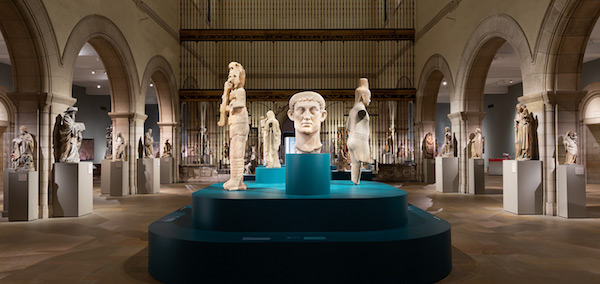
Inside the Metropolitan Museum of Art
According to media reports, in early May, the two pieces of screened stone sofas from the Northern Dynasties to the Tang Dynasty returned to the Chinese side by the United States were exhibited in the Metropolis. Hollein told The Paper Art Review that the return of the two cultural relics to China is a release of the cultural relationship between the two countries. It is illegal to obtain cultural relics through illegal means, and we do not want legal disputes over the exhibits in the Metropolis. For this reason, the Met will trace and research the source of each work, and will also publish its source on the website to make the information transparent. Once any exhibits found to be of illegal origin will be returned.

The exhibition site of the "Exhibition of Fine Chinese Paintings and Calligraphy from the Metropolitan Museum of Art" shows the "Three Generations of People and Horses" by Zhao Mengfu and others in the Yuan Dynasty.
At present, the staff of the Metropolitan Museum of New York come from all over the world (there are also many staff from China), speak more than 140 different languages, and work in many cities, which brings a variety of international perspectives to the museum. The Metropolitan Museum of New York has had many cooperations with the Shanghai Museum and the National Museum of China. "We look forward to cooperating with more Chinese cities. The Metropolitan Museum of Art has an exhibition hall dedicated to Asian art, and we will share research results." Hollein said.

